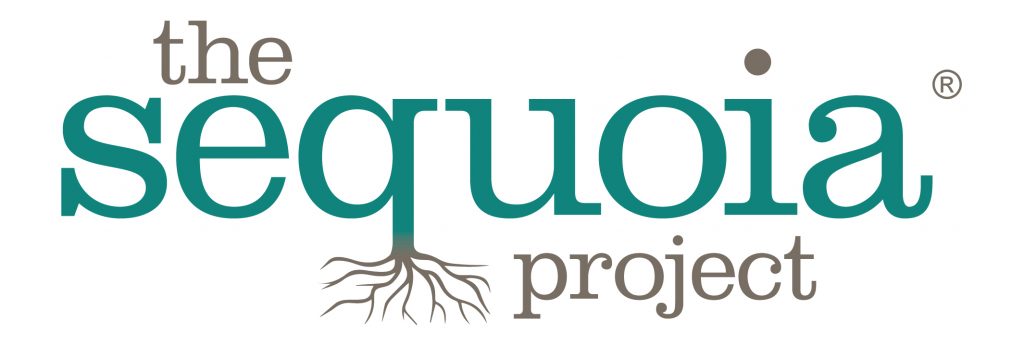A nonprofit organization based in Virginia is leading the way toward better interoperability between healthcare computing systems.
Interoperability faces many challenges, chief among them the fact that healthcare providers have disparate healthcare record systems that do not speak the same language. Removing that barrier is something several groups and government agencies are taking on.
One of the most prominent is The Sequoia Project, a non-profit, public-private collaborative that includes representatives from many of the major players in the healthcare industry. They also operate two of the best-known interoperability initiatives – eHealth Exchange and Carequality.
The Sequoia Project Mission and Approach
The Sequoia Project seeks to identify challenges in enabling accurate information exchanges between distinct computer systems within the healthcare industry.
These challenges impede semantic interoperability, or in other words, the ability to exchange contextual healthcare information seamlessly. It’s as much about the content of the exchange as anything, but it requires a common computer language between all systems to be possible.
The Sequoia Project is approaching the challenge through a system of steps.
- Creation of an Interoperability Matters Advisory Group to prioritize the barriers to health information exchange.
- Creation of workgroups- The Advisory Group forms workgroups that include experts and stakeholders from across the healthcare industry and government that focus on each prioritized issue.
- Seek consensus- As they develop potential solutions to challenges, the workgroups make regular updates to the Advisory Group and seek consensus on potential solutions.
- Share with the public- The recommendations developed by the workgroups are shared with the public to seek input from those impacted by the work.
The final product is built by consensus and includes a plan of action for the healthcare industry to remove the barrier. It’s a systematic approach that involves representatives from the healthcare, government, nonprofit and corporate sectors.
Board members include representatives from Surescripts, Medicity, Humana, Cerner, the Stanford University Health System, Kaiser Permanente, the American Medical Association, Chesapeake Regional Information System, and Sutter Health, as well as governmental liaisons from SSA, DOD and VA.
Carequality and the eHealth Exchange
Two subsidiaries of The Sequoia Project play a significant role in the project’s efforts: Carequality and the eHealth Exchange.
eHealth Exchange
The eHealth Exchange is an interoperability health information network that currently connects medical operations in all 50 states and information for more than 120 million patients. While the network has a variety of uses, one of the most-used is connecting hospitals and state and local governments with federal healthcare agencies, allowing for exchange of information. Data does not pass through a centralized system, but rather is shared securely through over the internet.
Carequality
Unlike eHealth Exchange, Carequality is not a network. Rather, it was created with the understanding that there will likely never be one single, unifying national network to handle interoperability for all healthcare systems nationwide. Carequality was designed to provide a way for providers to connect through different networks.
Called a “network-to-network trust framework,” Carequality connects existing networks and allows them to share data through its system. These include vendor, payer and lab networks. This eliminates a primary challenge to interoperability: While most doctors have access to a health care network, they can only share information with those in the same network.
As pointed out by Carequality, that’s like having a cell phone plan that only allows you to call people with the same carrier. Carequality offers a common trust agreement and rules of the road, to which participating networks abide.
The Carequality framework exchanged 14 million clinical documents in August 2018 alone.
Examples of Sequoia Project Initiatives
The Sequoia Project consistently has a number of new initiatives in the mix. Currently, they include:
- Revising the national patient matching framework, seen as one of the biggest roadblocks to health information sharing
- As part of that project, they proposed new methods for patient identifiers for newborns and pediatric care
- Formed the Interoperability Matters initiative, which invites health IT experts to find ways of removing barriers to interoperability, starting with information blocking
Interoperability is an enormous challenge. But the efforts of The Sequoia Project and other groups in the healthcare industry are expected to one day remove the barriers to interoperability – a change that will result in more efficient healthcare and better patient outcomes.




